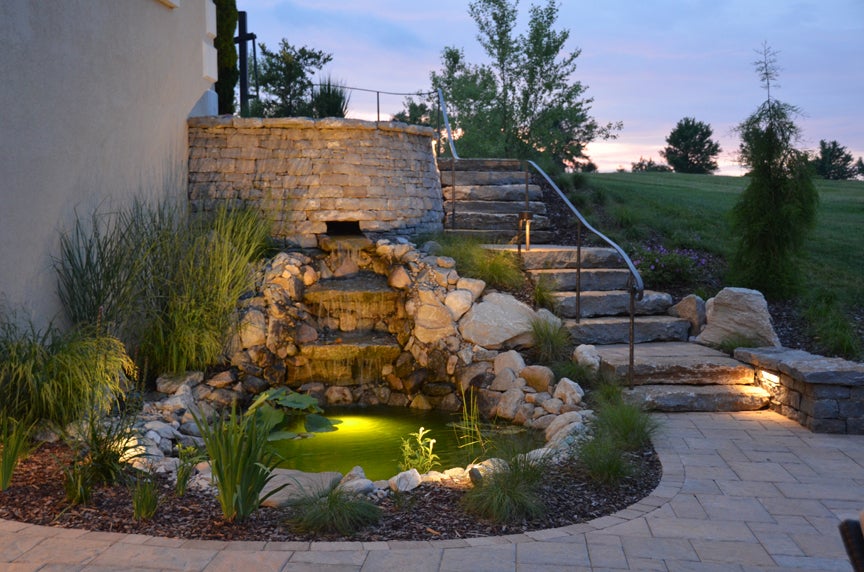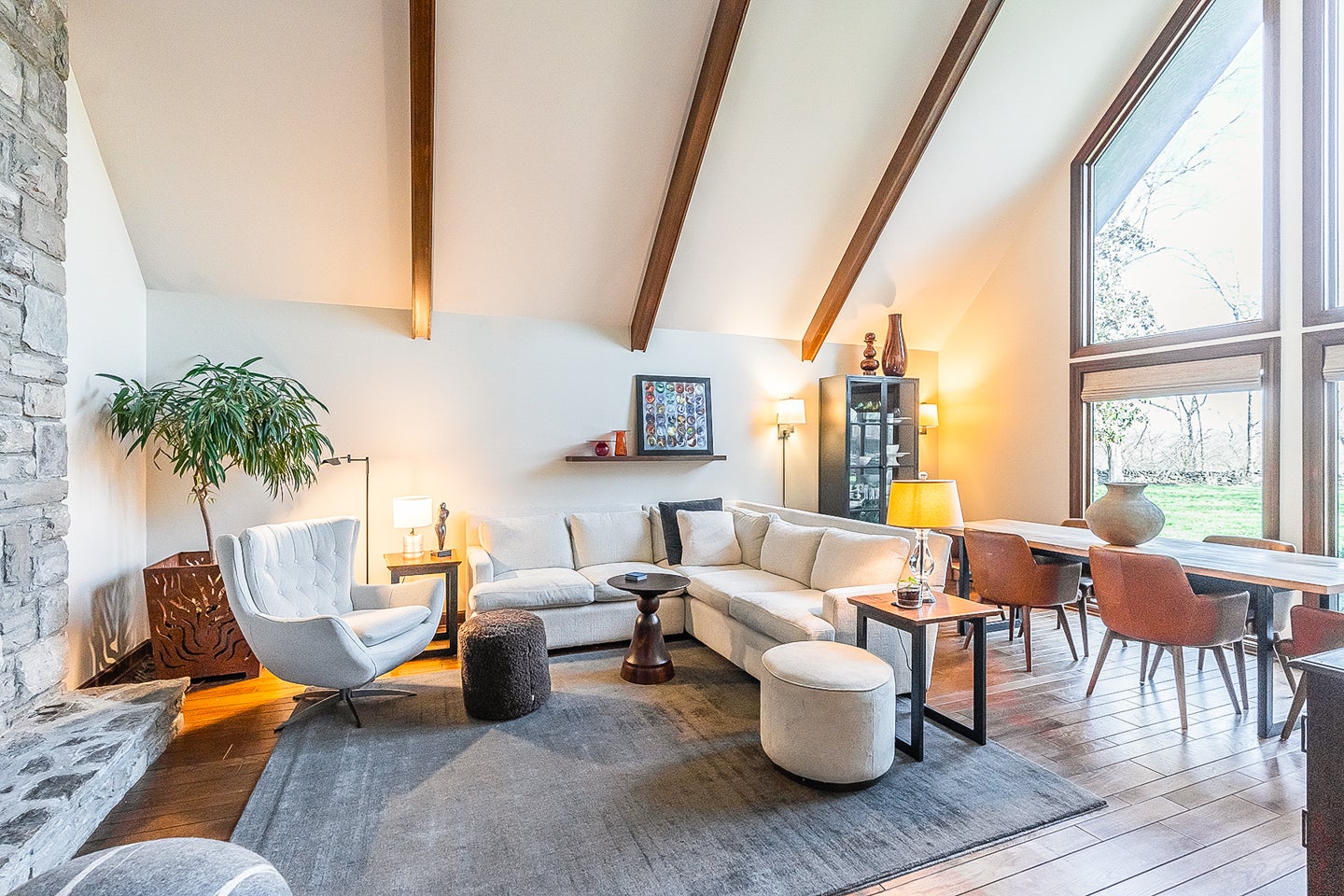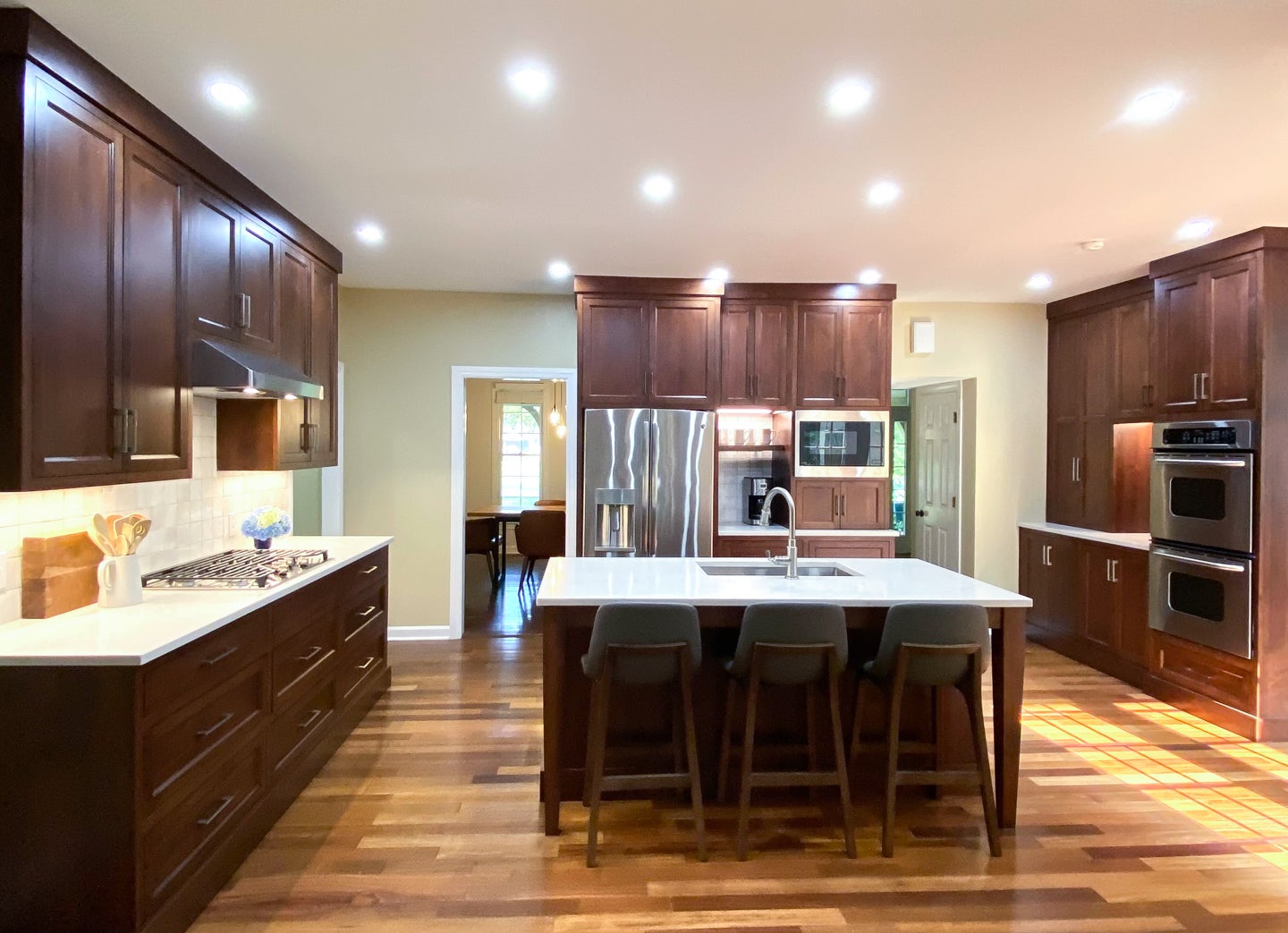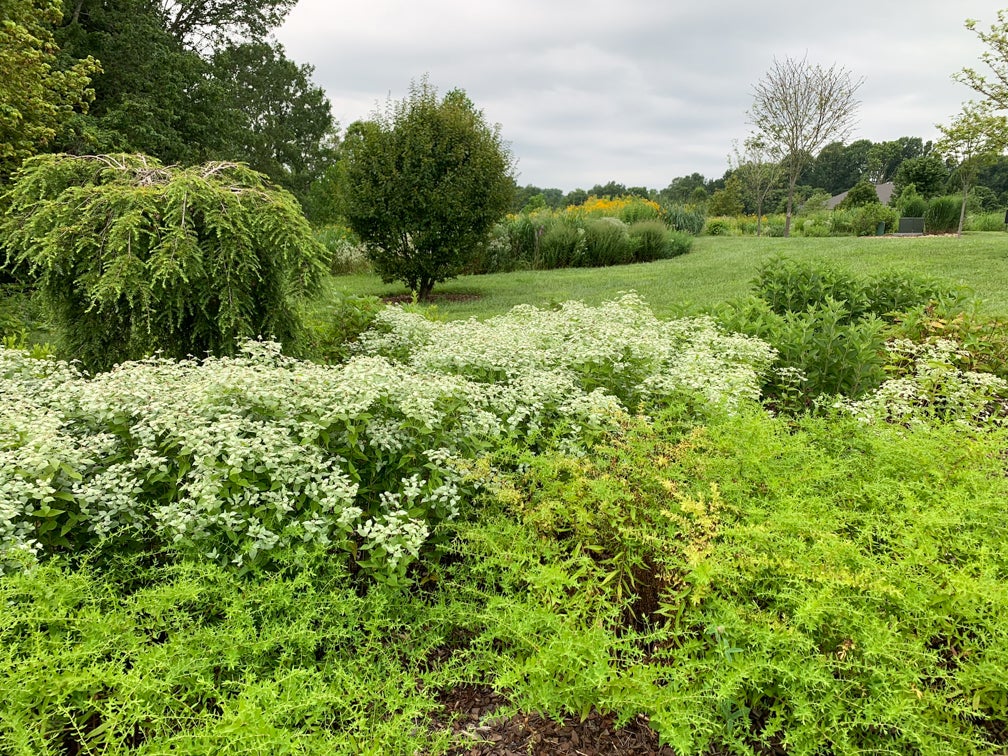PLS, ICPI, APLD, AIA, ISA, NCMA, KNLA — what do all of these post nominals mean for you and your outdoor space? No matter the acronym or stamp, they mean education, experience and quality. You can help avoid building on your neighbor’s property, having crooked or falling over retaining walls, sunken pavers and other failing landscape or hardscape features by hiring a professional with these certifications. In this series we’ll discuss design through installation and necessary credentials to make your outdoor space shine.
The design process
First things first. A survey is very helpful and sometimes even required, depending on the project to be designed. A professional survey will show boundary lines, easements, right-of-ways, water features and waterways, jointly owned features, existing conditions, utilities, cemeteries, access, and zoning classification.
What projects usually require a survey? Large projects, pool projects, projects where easements may create design restraints, new construction, and additions. Surveys are also useful for fence installation, remodels, outbuildings and permanent property improvements.
Accuracy is key, and only licensed land surveyors can give you a legitimate stamp. The license process in Kentucky requires a four-year college degree with three educational options, passing the fundamentals of surveying (FS) and principles and practice of surveying (PPS) exams.
After those requirements are met, a surveyor must obtain four years of progressive surveying experience under the direct supervision of a licensed surveyor. Once these requirements are met, a surveyor is a PSL (Professional Land Surveyor).
Now that the general measurements and property features are in, the fun begins with design! A surveyor will not do detail measurements such as doors, windows, or sometimes trees. The designer or architect will perform that work.
You want a certified designer or licensed architect for your outdoor space! The best projects have a master plan and a well thought out design with years of experience of what will and won’t work in our area. Landscape designers and architects will look at the topography of your property to integrate walls, pavement systems and landscaping to create an outdoor space suited to your needs and wants. Often times we also work with architects for any built structures or additions.
Architects are essential for outdoor structures or additions, such as garages, pool houses and more! An architect will work with your landscape designer for a seamless integration of the entire project from the beginning. For a professional to carry the title of AIA (American Institute of Architects), they must have a Bachelor or Master of Architecture from an accredited university, work under a supervising architect, pass the ARE (Architect Registration Exam) exam and register for a license.
The Commonwealth of Kentucky requires 12 professional development unit (PDU) hours each renewal period, which runs from July 1 to June 30 for licensed architects. AIA requires members maintain 18 LUs (learning units) per year. AIA is a professional membership beyond licensure. While AIA members have to meet licensing requirements, not all licensed architects are in the AIA.
To be an American Society of Landscape Architects, ASLA, certified landscape architect, one must be at least 21 years of age, graduate of an accredited landscape architecture curriculum approved by the board, have a minimum of two years of professional landscape architectural experience and satisfactorily pass all sections of the national examination (L.A.R.E.).
All licensees are required to report a minimum of 15 hours of continuing education activities annually. Generally speaking landscape architects do larger projects, city planning and park design, but there are also many who create residential and smaller commercial designs.
The APLD or Association of Professional Landscape Designers certification program provides professional recognition to landscape designers based on standards of excellence. Certification includes being a Professional APLD member in good standing, having a bachelor’s degree in landscape architecture, design or horticulture, having practiced landscape design for a minimum of two years and having passed the submitted work portfolio for peer review.
The submission consists of three projects that have been installed for a minimum of three years or more and require drawings, plant lists, design intent statement and photographs among other requirements. Recertification is required every three years with 30 contact hours of continuing education units (CEUs).
Now you know what post nominals for professional licenses, certifications and affiliations to look for before beginning your outdoor space! Members of these groups organize themselves into committees, which push on the edge of the profession — providing a forum for discussing development, building, technology, legislative action, sustainability and best professional practices.











